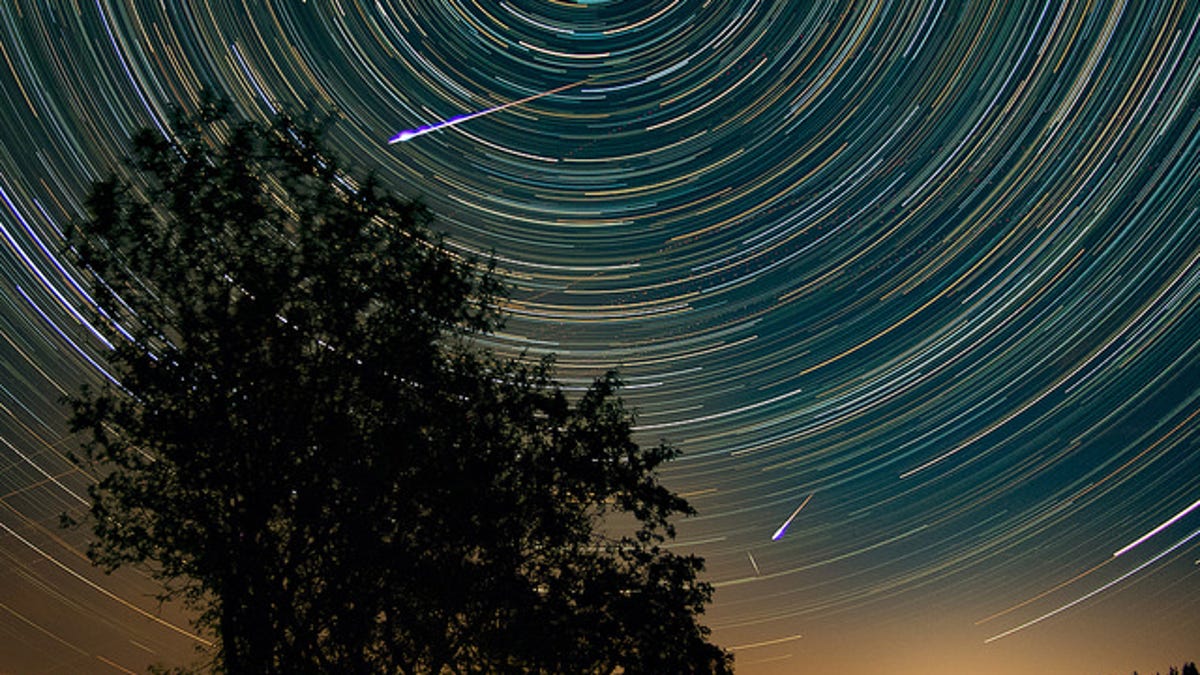Perseid meteor shower heats up tonight with double the shooting star power
It's showtime for one of the best shooting star showers of the year and this year it's set to be a blockbuster.

The Perseid meteor shower reaches its peak Thursday night and early Friday morning and the annual show promises double the spectacle this year. Skywatchers should be able to spot twice as many bits of space rock burning up in a bright and speedy fashion as normal.
"Forecasters are predicting a Perseid outburst this year with double normal rates on the night of August 11-12," Bill Cooke of NASA's Meteoroid Environments Office said in a statement. "Under perfect conditions, rates could soar to 200 meteors per hour."
You might think of the Perseids as arriving at Earth every August, but really we're the ones visiting their home turf each year. Our planet ventures through trails of debris left over from comet Swift-Tuttle, which orbits the sun once every 133 years.
Usually we just kind of graze up against the edge of the ancient comet's debris stream, according to NASA. But this could be the rare year where Jupiter's gravity tugs that stream a little closer, allowing our planet to plow right through the middle of it, where there's more junk and we see more meteors as a result.
Perseid meteors move through space at a sizzling 132,000 miles per hour (59 kilometers per second), a speed at which even little bits of dust can create a nice bright streak of light when they collide with our atmosphere. NASA says the meteors pose no threat to our planet as they tend to burn up 50 miles above the surface, reaching temperatures from 3,000 to 10,000 degrees Fahrenheit.
To get a good view of this year's Perseid supershow, plan to go outside between midnight and dawn the morning of August 12. Get as far away from all artificial lights as you can, give your eyes a good long time to adjust to the dark and then just lie back and look straight up. The morning of August 13 should be pretty good, too.
If you live in a well-lit concrete jungle or get hit by a cloudy night, you can also catch a live NASA broadcast of the Perseids on the Ustream below overnight on August 11-12 and August 12-13, beginning at 7 p.m. PT.

